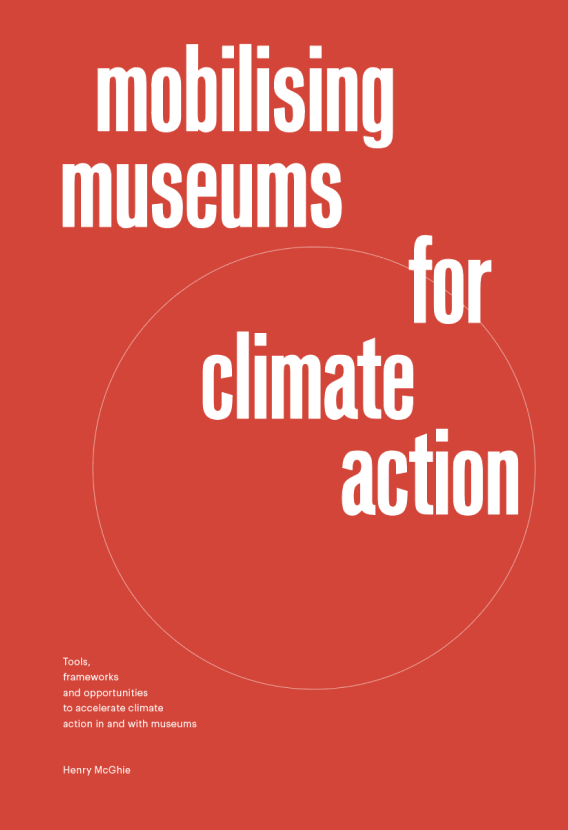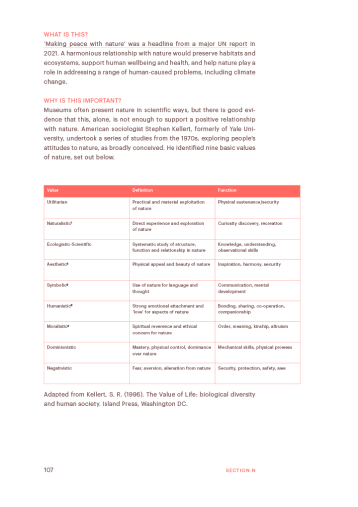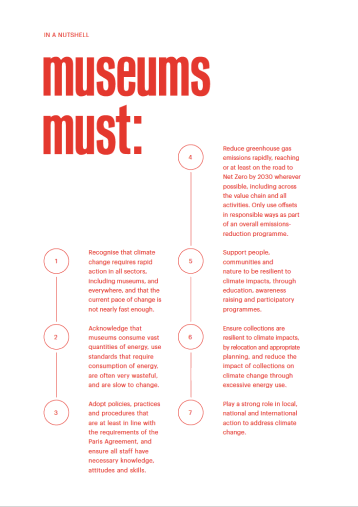Climate justice
( Toolbox )
WHAT IS THIS?
Climate justice is a commonly used term, but it has specific usage in the IPCC process.
Climate justice has been defined by the IPCC as “Justice that links development and human rights to achieve a human-centred approach to addressing climate change, safeguarding the rights of the most vulnerable people and sharing the burdens and benefits of climate change and its impacts equitably and fairly.”
Climate justice has the following aspects:
Distributive justice
Justice in the allocation of economic and non-economic costs and benefits across society.
Inter-generational justice
Justice in the distribution of economic and non-economic costs and benefits across generations.
Procedural justice
Justice in the way outcomes are brought about including who participates and is heard in the processes of decision-making.
Social justice
Just or fair relations within society that seek to address the distribution of wealth, access to resources, opportunity, and support according to principles of justice and fairness.
WHY IS IT IMPORTANT?
Climate change has vastly unequal impacts on different groups of people, with a double inequality in that those least responsible are most severely impacted. Climate action has to acknowledge this inequality, address inequality to tackle climate change, and ensure that climate action doesn’t further disadvantage those already disadvantaged.
More information on climate justice can be found at The Mary Robinson Foundation – Climate Justice, which has developed a set of Principles of Climate Justice, which emphasise the importance of respecting and protecting human rights; sharing benefits and burdens equitably; inclusive, transparent and participatory decision-making; gender equality; the importance of education, and of partnerships.
WHAT DOES THIS MEAN FOR MUSEUMS?
Museums will need to be of relevance to the whole of society in order to meet the needs of everyone. This means attending to the needs, aspirations and concerns of local communities and other stakeholders. Museums should address their human rights abuses – the dispossession of property and opportunity – so people have the resources they need to meet and address the challenge faced by climate change.
The right to development is an important consideration that museums can pay more attention towards, as a basis for people’s ‘active, free and meaningful’ participation in climate change matters.
Addressing their own greenhouse gas emissions is a crucial step to securing climate justice. Large institutions continuing to consume vast quantities of resources is an abuse of human rights.
Empowering people to participate in climate action through education, awareness, access to information, public participation and international co-operation is crucial for securing climate justice, for individuals, communities and all of humanity.
FURTHER READING AND INFORMATION
The Grantham Institute (UCL) provides an online database, Climate Change Laws of the World, including legislation, litigation and policies, and also publishes an annual snapshot of Climate Change litigation.
The Sabin Center for Climate Change Law provides an online database of climate change litigation.
UNEP also publishes an annual Global Climate Litigation Report.
See sections on:
Human rights and climate change (section g)
Just transition (section i)
Common But Differentiated Responsibilities (section j)
Action for Climate Empowerment (section k)
Education for Sustainable Development (section l)


